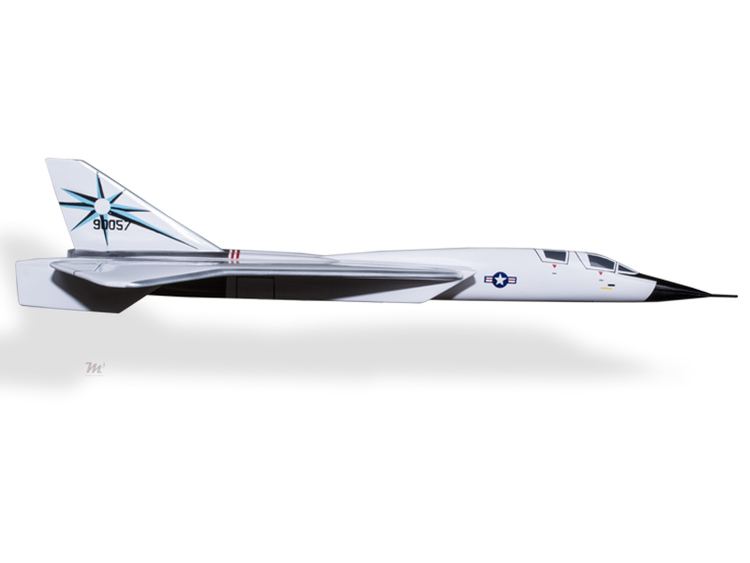

WS-202AĪfter considerable confusion, the program was reinstated on 11 April 1957 with North American awarded a contract for two prototypes. Political and budgetary difficulties led to the cancellation of the program on 9 May 1956. The NA-236 shared some similarities with the XF-108, although the most obvious differences were the additions of two finlets at the midspan of the horizontal stabilizers, and canards. Of the paper designs, the North American proposal, dubbed "NA-236", seemed the most promising. Of the eight interested companies, contracts for preliminary studies were issued to North American Aviation, Lockheed and Northrop on 11 October 1955, five days after the specification's release. A further consideration was that an integrated fire-control system would be fitted, allowing the interception of a bomber at 60 nmi (110 km) and three targets to be destroyed during a single mission. It was to have a two-man crew and at least two engines. The specification was laid down on 6 October 1955, calling for an interceptor that could fly at 60,000 ft (18,000 m) at a speed of Mach 1.7 (1,122 mph (1,806 km/h), with a range of 1,000 miles (1,600 km). On 20 July 1955, formal development of what became known as the Long-Range Interceptor, Experimental (LRI-X) was approved, planned as an F-102 Delta Dagger/ F-106 Delta Dart replacement.

ĭuring the early 1950s, the USAF proposed a very high-performance, long-range interceptor. taxpayer $4 billion (equivalent to $36 billion today). Eisenhower noted that raising the F-108 interceptor force would have cost the U.S. Prior to the project's cancellation, U.S. Had it flown, the F-108 would have been the heaviest fighter of its era. The program had progressed only as far as the construction of a single wooden mockup when it was cancelled in 1959, due to a shortage of funds and the Soviets' adoption of ballistic missiles as their primary means of nuclear attack. To limit development costs, the program shared engine development with the North American XB-70 Valkyrie strategic bomber program, and used a number of elements of earlier interceptor projects. Note: Top aircraft's weapons bay opening. XF-108 RapierĪrtist's impression of two F-108s attached to Elmendorf AFB, Alaska.

The aircraft would have cruised at speeds around Mach 3 (3,200 km/h 2,000 mph) with an unrefueled combat radius over 1,000 nautical miles (1,900 km 1,200 mi), and was equipped with radar and missiles offering engagement ranges up to 100 miles (160 km) against bomber-sized targets. The North American XF-108 Rapier was a proposed long-range, high-speed interceptor aircraft designed by North American Aviation intended to defend the United States from supersonic Soviet strategic bombers.


 0 kommentar(er)
0 kommentar(er)
